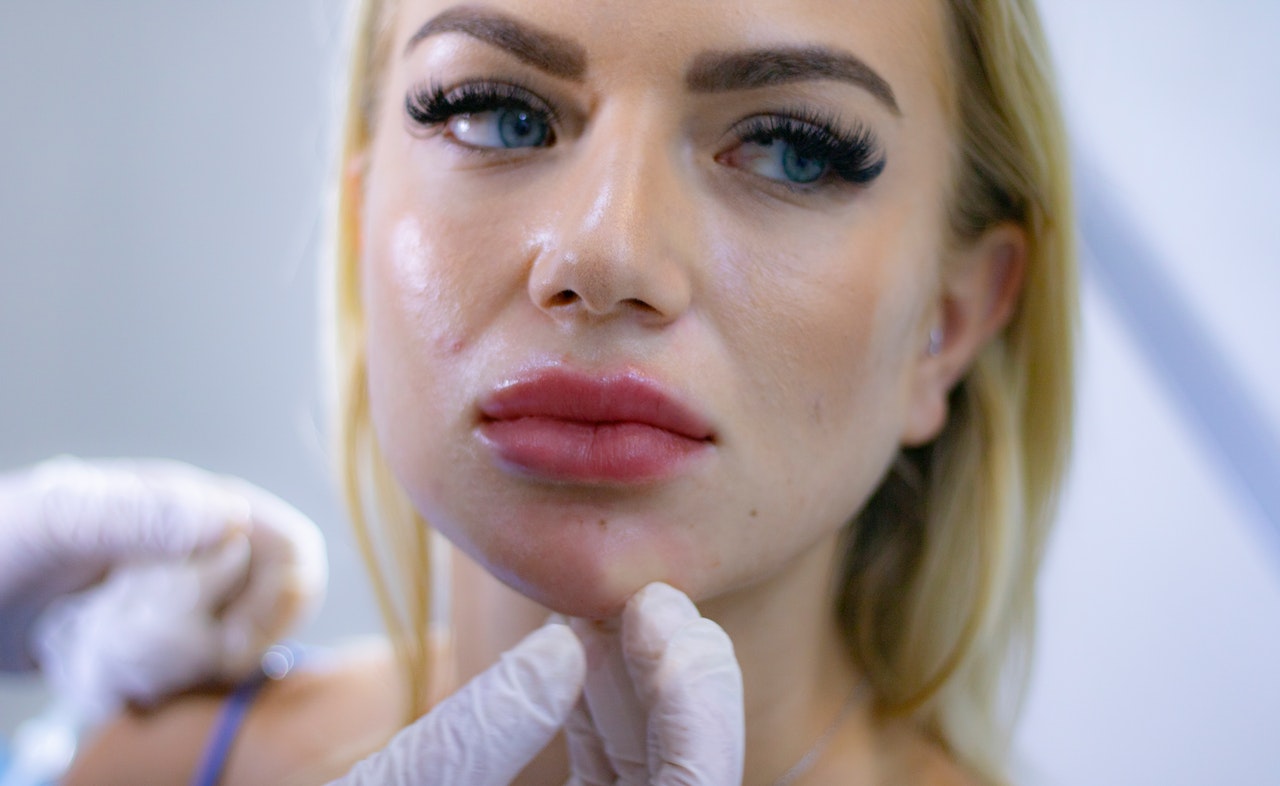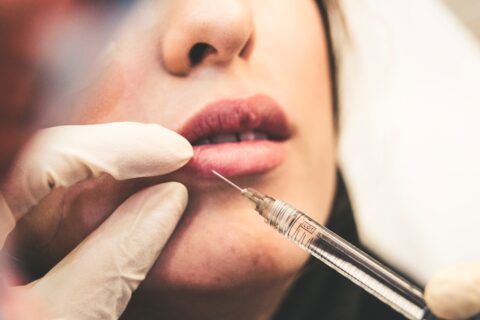No one truly understands what it feels like to age until you’re there. And although they say people are much like wine, only getting better with age, the same can’t be said for one’s skin. Once aging starts, it can be hard to ignore the wrinkles, the changes in your skin color, and the brightness that fades.
Creams, skincare, and a good night’s sleep can only do so much. Today, thanks to technology and wonderful developments in the world of aesthetics enhancement, it’s easier than ever to look younger and brighter!
Dermal fillers are tissue fillers injected into the skin to fill in wrinkles, provide volume, and augment facial features. It gives people a radiant and smoother appearance, much like how young women look today.
But with so many options available, what do you choose? Here are three types of dermal fillers to help you understand the differences.
Juvéderm
Juvéderm is a soft and stable injectable gel made of hyaluronic acid. It’s a natural substance that can be found in the skin that helps provide hydration and volume. This type of dermal filler is perfect for achieving a smooth and natural look. It’s better at addressing the finer lines of your face, and so one could it’s more thorough.
This is also perfect if you’re the type of person who’s not too keen on long procedures. It only takes 15 minutes, and then you’re done. You don’t even have to take too much time out of your day or week for this treatment. Because the downtime is minimal, with proper care, the effects can last up to six or nine months. Immediately following up with an enhancement session after a few weeks can also make the results even better.
Restylane
Restylane is made of non-animal, biodegradable filler gel composed of hyaluronic acid, similar to Juvéderm. For vegan and environmentally-conscious clients, this can be a great option. Depending on the person and areas being treated, treatment time can be quick or a bit longer at 30 minutes.
Again, much like Juvéderm, you can go back to your day with not many problems after the procedure. The biggest difference between the two would be consistency, while the other has a smooth consistency. Restylane is a particulate or granular gel. It’s best to consult with your provider on what might be better for you in the long run between the two. If possible, you can even combine the two.
Sculptra
Sculptra is different from the previous two. It is a collagen stimulator. At the injection site, instead of filling your face with gel, it’s encouraging your collagen growth. Because of that, you could look at Sculptra as the least invasive of the different options.
It’s made from polylactic acid, a natural sugar product. In the past, this material was most commonly used as dissolvable stitches that the skin could absorb. Eventually, it was developed to become a skin enhancement treatment.
The effects of Sculptra on your skin are very natural, getting even better with time. After the first treatment, your doctor will assess the results and determine whether a few more sessions or none are needed to achieve your desired results.
Conclusion
For anyone going through the stress of aging, there are now plenty of options to rejuvenate and reverse the sign of the times on your face. At the end of the day, any of these treatments can do great things for you. It all comes down to preference. Make sure to consult with your doctor to determine the best course of action.
If you are looking for safe, reliable, and effective ways to refresh your mind, body, soul, we can help you here at the Z Med Clinic. We are the best healthcare and wellness clinic in Houston, Texas. We offer state-of-the-art services and world-class medical care. You can be sure that you’ll be safe and taken care of with us. Book an appointment with us today and let us know how we can help you.






